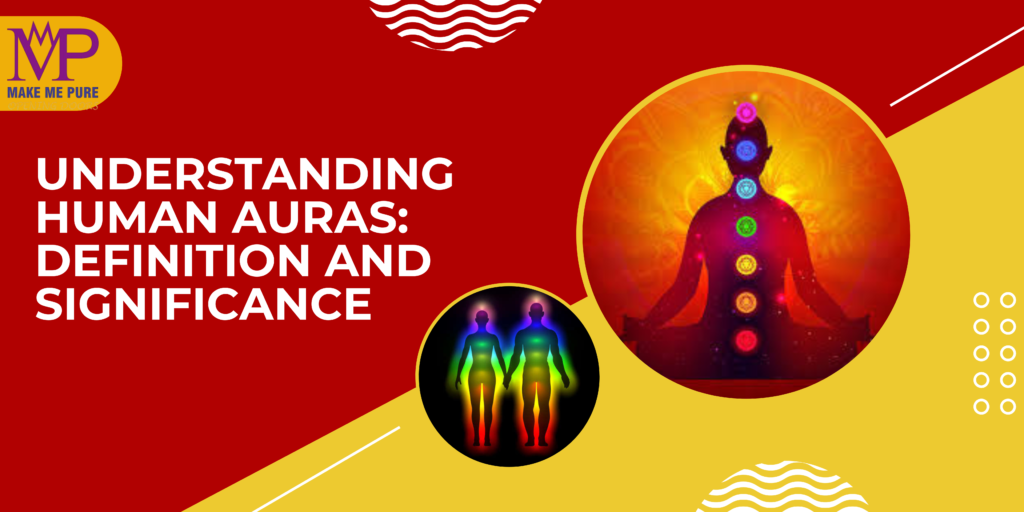What is an Aura?
An aura is often described as an energy field that surrounds every living being. This luminous envelope reflects a person’s emotional, physical, and spiritual state. Many people believe that understanding their aura can provide valuable insights into their well-being and interactions with the world.
The Significance of Aura in Various Cultures
Throughout history, different cultures have recognized the importance of auras. In Hinduism, the aura is linked to the chakras, which represent various aspects of consciousness. Ancient Egyptian priests believed the aura revealed a person’s character and intentions, while Eastern philosophies often view the aura as a vital life force. Understanding auras can enrich our spiritual journey and enhance personal growth.
The Science Behind Aura: Fact or Fiction?
The scientific community often approaches the topic of auras with skepticism. While mainstream science does not recognize auras as measurable phenomena, some researchers investigate the electromagnetic fields produced by living organisms. Techniques like Kirlian photography aim to capture these energy fields, but results remain inconclusive. Ultimately, auras may lie more in the realm of metaphysics than empirical science.
How to See Your Aura: Techniques and Tips
If you’re eager to perceive your own aura, here are some effective techniques:
Relaxation: Find a quiet space where you can sit comfortably.
Soft Focus: Gaze at a white wall or blank canvas while softening your focus.
Visualization: Close your eyes and imagine a glowing light surrounding you, allowing your mind to explore this sensation.
Mirror Technique: Stand in front of a mirror in dim light. Focus on the edges of your body and observe any color or light that seems to emanate from you.
Colors of the Aura: What They Mean
Each color in the aura is believed to have specific meanings, reflecting your emotional and physical states:
Red: Passion, energy, and strong emotions.
Orange: Creativity, enthusiasm, and sociability.
Yellow: Optimism, clarity, and intellectual energy.
Green: Balance, healing, and love.
Blue: Calmness, communication, and truth.
Violet: Spirituality, intuition, and deep insight.
Understanding these colors can provide insight into your feelings and help you on your personal development journey.
Aura Reading: How to Interpret Other People’s Auras
Interpreting someone else’s aura can deepen your understanding of them. Here’s how to get started:
Observe Color: Notice the dominant color in their aura, indicating their current emotional state.
Body Language: Combine your observations of their aura with their body language and facial expressions for a fuller picture.
Energy Levels: Observe if their aura seems vibrant or muted; this can indicate their energy levels and overall well-being.
The Role of Meditation and Mindfulness in Aura Perception
Meditation and mindfulness practices can significantly enhance your ability to see and understand auras. Regular meditation increases your sensitivity to energy fields, allowing you to connect deeply with yourself and others. Techniques like focused breathing and visualization can help you recognize and interpret the subtleties of your aura.
Aura Cleansing: Techniques to Refresh Your Energy
Just as our physical bodies require cleansing, so do our auras.
Here are some effective methods for aura cleansing:
Crystal Healing: Use crystals like clear quartz and amethyst to absorb negative energy and cleanse your aura.
Sound Therapy: Singing bowls or tuning forks create vibrations that clear energy blockages.
Nature Walks: Spending time outdoors can naturally cleanse and rejuvenate your aura by reconnecting you with Earth’s energies.
The Connection Between Auras and Chakras
Auras and chakras are intricately linked. Chakras are energy
centers in the body, and each chakra corresponds to specific colors and qualities within the aura. When chakras are aligned and balanced, the aura reflects this harmony. Conversely, blockages in the chakras can manifest as dullness or color changes in the aura, indicating areas that may need attention or healing.
Cultural Perspectives on Auras: Beliefs Around the World
Around the globe, diverse cultures interpret auras differently. In Western spiritual practices, auras often reflect health and emotional states. In Native American traditions, the aura is associated with spiritual wisdom and guidance. Exploring these cultural perspectives can deepen our appreciation of auras and their significance in human experiences.

